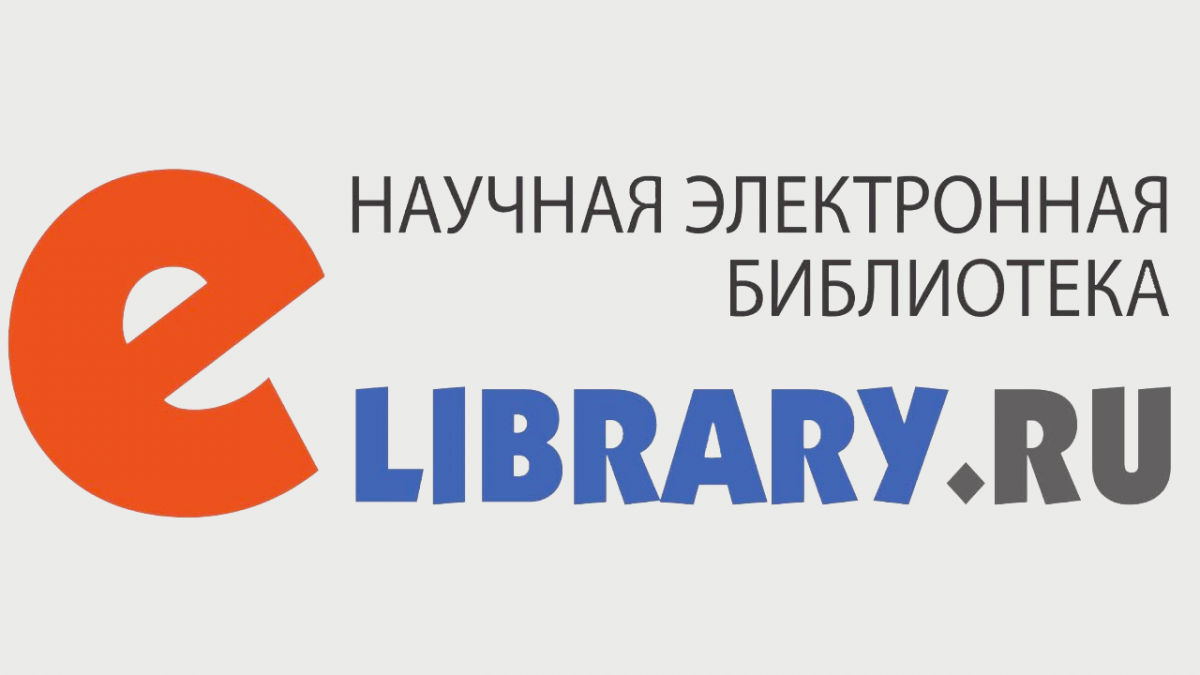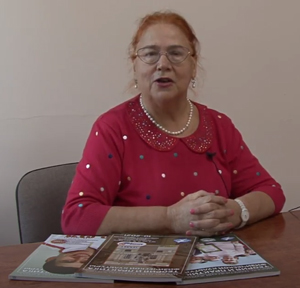Cardiovascular response to rotational movements and stimulation of foot support points when developing statokinetic stability in disabled children
ˑ:
PhD N.A. Gross1
PhD T.L. Sharova1
A.V. Molokanov1
1Federal Scientific Center for Physical Culture and Sports, Moscow
Objective of the study was to analyze the state of the cardiovascular system of disabled children during active exercises aimed to stimulate their vestibular apparatus and support points of the feet when developing statokinetic stability.
Methods and structure of the study. We evaluated the functional response of the body of children diagnosed with cerebral palsy, autism, etc., including retarded development of psychomotor functions, at rest and after performing one exercise. The analysis was carried out based on the calculated endurance coefficient - EC (determined by the Kvas formula).
Results of the study. The study showed that vestibular stimulation affects the cardiovascular response. It was found that, upon performing the test leading to vestibular stimulation, the endurance rates in the children with cerebral palsy and autism improved in most of the cases (75% and 57%, respectively), as opposed to the children with other diagnoses - 40%. As for the types of the cardiovascular response to such physical loads, the improvements and deteriorations in all three groups were approximately equal and amounted to: improvements - from 20 to 35%, deteriorations - from 25 to 40%, no changes - from 10 to 55%. The use of a "simulator" at rest and after training was accompanied by an increase in the heart rate (in 70.6% of cases at rest and in 85.2% after exercise), which indicated its functional effect on the children’s body.
Conclusion. In the initial state, the children of all groups were found to have a weakened cardiovascular system activity. Vestibular stimulation caused changes in the cardiovascular response relative to the initial state. Rotations in the Gross’s simulator contribute to the improvement in the functional response of the cardiovascular system of disabled children. The use of the plantar support load simulator "Korvit" in the "Slow Walk" mode affects the proprioceptive sensitivity of the foot, similarly to natural walking, which has a positive effect on statokinetic stability.
Keywords: disabled children, functional response of the body, vestibular stimulation.
References
- Barkhatova V.P. Neyrotransmitteryi i ekstrapiramidnaya patologiya [Neurotransmitters and extrapyramidal pathology]. M.: Meditsina publ., 1988. 175 p.
- Bernstein N.A. Fiziologiya dvizheniya i aktivnost [Physiology of movement and activity]. M.: Nauka publ., 1990. 495 p.
- Vasilevskiy N.N. O nekotoryih problemah bioupravleniya s obratnoy svyazyu [On some biofeedback problems with feedback]. Proc. 1st res.-practical conference “Biological feedback in medicine and sport”.». St. Petersburg, 1999. pp. 35-37.
- Verner D. Reabilitatsiya detey-invalidov [Rehabilitation of children with disabilities] . M.: Filantrop publ., 1995. 654 p.
- Verkhoshanskiy Yu.V. Osnovyi spetsialnoy fizicheskoy podgotovki sportsmenov [Basics of special physical training of athletes]. M.: Fizkultura i sport publ., 1988. 148 p.
- Gross N.A., Berkutova I.Yu., Goncharova G.A. Otsenka stepeni adaptatsii fiziologicheskih mehanizmov organizma u detey-invalidov pri fizicheskih nagruzkah [Assessment of adaptation of physiological mechanisms in children with disabilities during exercise].Vestnik sportivnoy nauki. 2014. no. 6. pp. 46-48.


